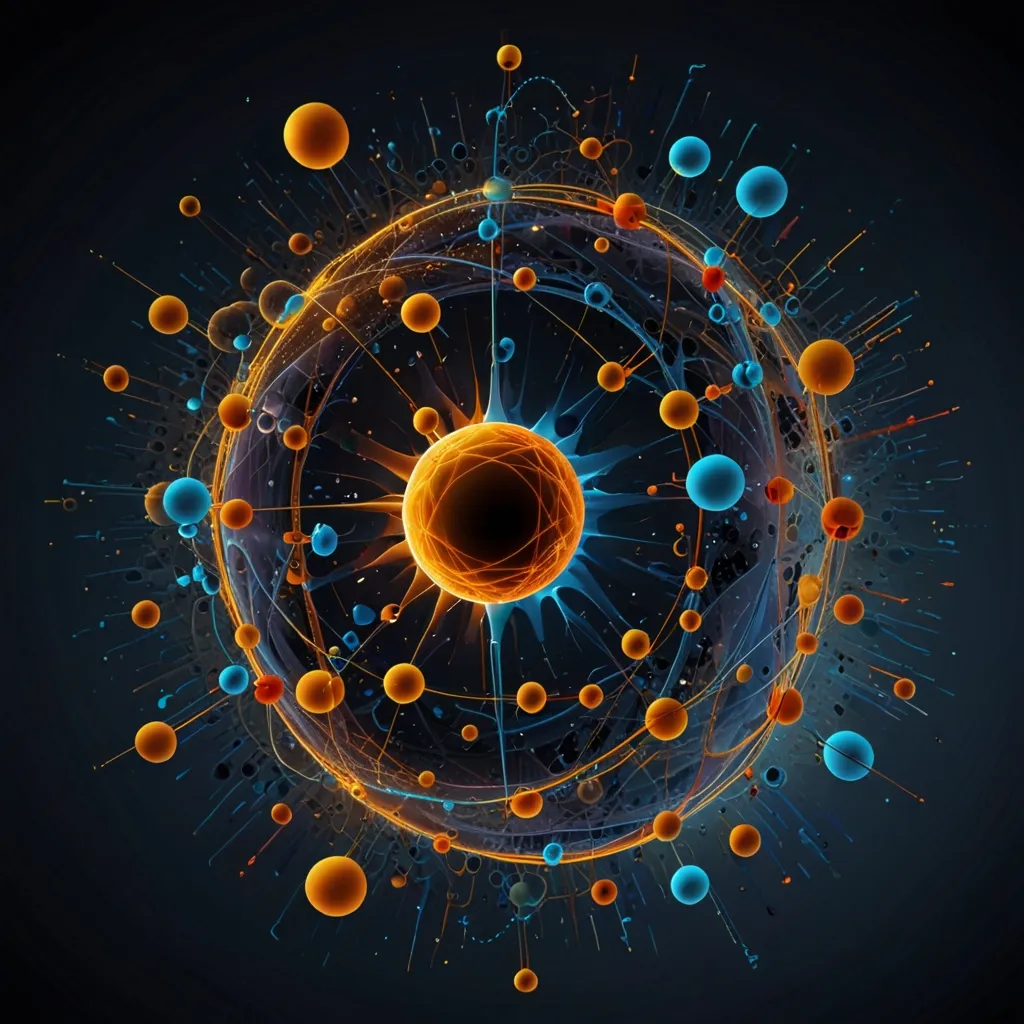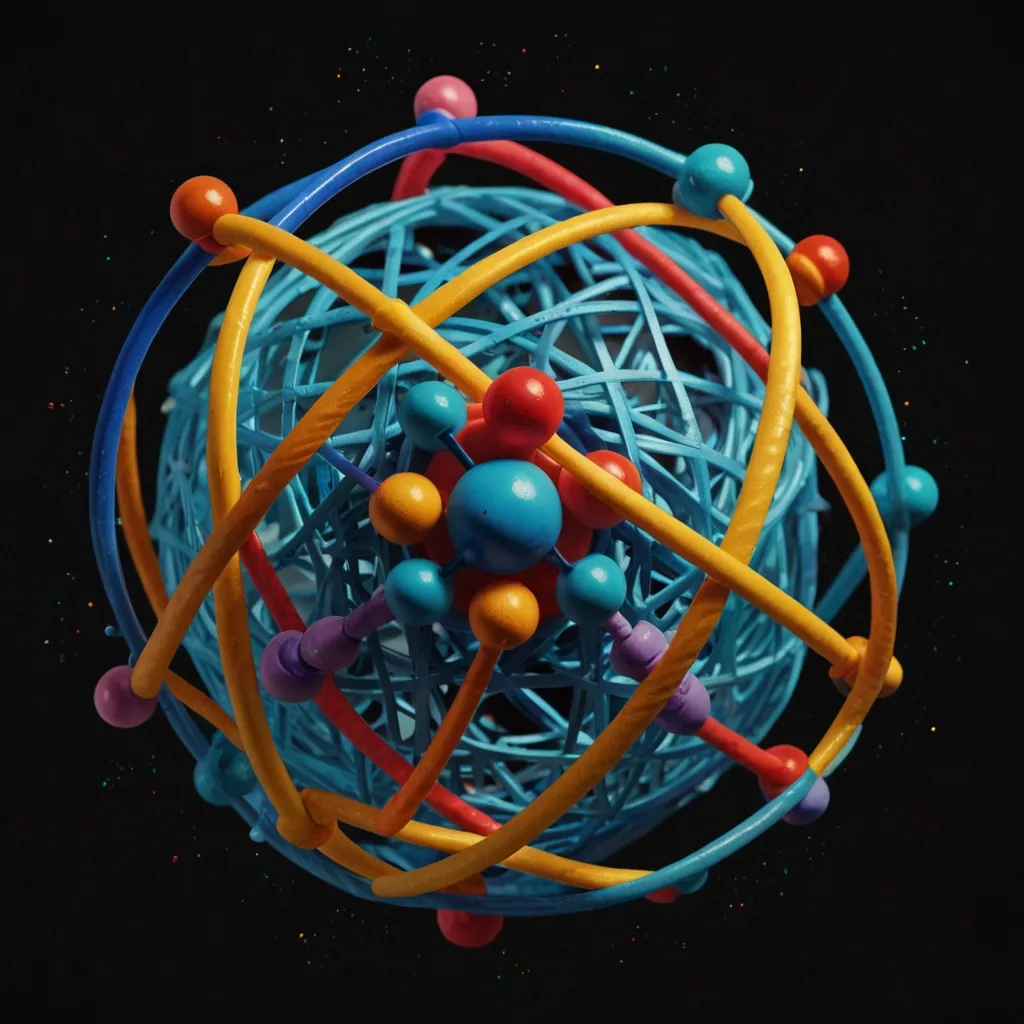The periodic table is a fascinating chart that lists all the elements or atoms known to humanity. What makes each element unique is its atomic number – the number of protons in its nucleus. Changing just one proton in the nucleus can result in a dramatic change in the element’s properties. For instance, element number 19, potassium, has 19 protons and is a highly reactive metal that catches fire in water. Removing one proton turns it into argon, a virtually inert gas, while adding a proton transforms it into calcium, a much harder solid. This drastic difference comes down to the number of protons, which dictates how many electrons an atom needs to be neutral, and this, in turn, determines its chemical properties.
But why aren’t elements classified based on their number of electrons? The answer lies in how atoms behave. The number of electrons can change as atoms form bonds through chemical reactions, yet their fundamental properties, driven by the number of protons, remain the same. Unlike electrons, which can be exchanged between atoms, protons primarily stay put. An element’s unique characteristics are rooted in its proton count, which also influences the number and arrangement of electrons, affecting its reactivity and bond formation.
Understanding the chemistry of elements takes us into the realm of quantum mechanics. Atoms and molecules naturally seek their lowest energy state, guided by the second law of thermodynamics, which drives systems to increase entropy. A pivotal quantum mechanics equation, the Schrödinger equation, helps us understand how electrons are distributed in an atom’s ground state. Solving this equation reveals that electrons occupy specific orbitals and shells around the nucleus. Each shell can hold a specific number of electrons, influenced by principles like the Pauli exclusion principle, which restricts identical electrons from occupying the same space.
Elements like potassium and argon illustrate these principles in action. Argon’s fully occupied electron shells make it non-reactive, whereas potassium’s lone outer electron makes it highly reactive, eager to bond with elements needing an extra electron, like chlorine. This preference for forming stable, energetically favorable configurations drives the entire field of chemistry.
This formation of elements goes back to stellar processes. Most elements were forged in the intense environments of stars, which created a variety of nuclei, not just noble gases with fully occupied electron shells. These heavier elements are the building blocks of life and the universe as we know it, formed in the cauldron of stellar fusion and spread across the cosmos by star explosions.
The periodic table isn’t just a list of elements; it’s a window into the underlying principles of chemistry and physics that govern the natural world. Understanding why elements behave the way they do begins with recognizing the central role of protons and the quantum mechanics that dictate electron behavior. Without these processes, the diversity of elements necessary for life wouldn’t exist.






